The sacred soul of the thousand-year-old ancient capital
Ninh Binh is implementing a project to 2030, basically meeting the criteria of a centrally-governed city with the characteristics of a Millennium Heritage City and a creative city. Accordingly, the ancient capital of Hoa Lu contains a millennium ecosystem, including natural heritage, settlement heritage, archaeological relics, history, cultural identity, religion, and valuable beliefs. This heritage city is also a sacred place, symbolizing the affirmation of national sovereignty and independence.
Mr. Pham Quang Ngoc, Chairman of Ninh Binh Provincial People's Committee, said that Trang An is carrying a new mission, becoming the center of the Millennium Heritage City, thereby promoting the province's tourism development. Accordingly, Trang An is a prominent location in Southeast Asia and the world, showing much evidence of the interaction between ancient people and the natural landscape and their efforts to adapt to environmental events over 30,000 years, from 1,200 to 33,000 years ago.
According to Mr. Pham Quang Ngoc, Ninh Binh is proud to be an ancient land, where people have lived since prehistoric times, 30 thousand years ago. Before the formation of the capital Hoa Lu, this place was once a cultural, political, and economic center with a major role and function as a headquarters.
Over 86 years, with eight kings of three dynasties: Dinh, Tien Le, Ly, Dai Co Viet State has made great contributions, holding an important position and role in the historical process of the nation, strongly affirming independence, autonomy, self-reliance, national pride, creating a solid foundation for later feudal dynasties to inherit and develop.
 Hoa Lu ancient capital.
Hoa Lu ancient capital.
In the 10th century, Hoa Lu was chosen by King Dinh Tien Hoang as the capital of Dai Co Viet. During the Tran Dynasty, it was the place where the royal court chose to build the Vu Lam palace to lead the Dai Viet people in the resistance war against the invading Yuan army. During the early Le Dynasty, it was the Van Sang town of Son Nam Ha town. That historical and cultural tradition has left this land with a massive, diverse heritage system of unique value, of national and international significance, with outstanding global values that have been recognized.
Hoa Lu and Ninh Binh city alone have 468 inventoried relics (accounting for 25.7% of the number of inventoried relics in the province). By the end of 2022, the whole region has 106 ranked relics (accounting for 26.8% of the number of ranked relics in the province), including 76 provincial-level relics, 28 national-level relics, 3 special national-level relics, and 1 world cultural and natural heritage.
Regarding intangible cultural heritage, the whole region currently has 104 inventoried heritages (accounting for 18% of the total heritages in the province), including 6 types, of which 2 heritages are included in the list of national intangible cultural heritages: Hoa Lu Festival and Ninh Van stone carving craft (accounting for 50% of the total registered heritages of the province). In this massive, diverse and rich cultural heritage system, there are many tangible cultural heritages of special value, creating the unique and distinctive features of Ninh Binh such as: historical relics and architectural art of Hoa Lu Ancient Capital; Trang An - Tam Coc - Bich Dong scenic spot; historical relics and scenic spots of Non Nuoc mountain.
In particular, the world cultural and natural heritage Trang An Scenic Landscape Complex - the first and only mixed heritage in Southeast Asia recognized by UNESCO - with special, globally outstanding values in geology, geomorphology, and amazing natural landscapes, contains a massive, complete, rich and intact archive of documents about prehistoric humanity, demonstrating how humanity has adapted to major changes in the global environment over the past tens of thousands of years.
Trang An also has outstanding cultural and historical values, with the Bronze Age civilizations, Dong Son civilization, the place chosen to establish the capital Hoa Lu of Dai Co Viet state. Along with hundreds of temples, pagodas, shrines, palaces, religious and belief architectural works existing in caves, stone roofs or on the mountainside in harmony with nature and with high technical and aesthetic architecture, unique traditional folk festivals bearing the cultural soul of Ninh Binh people in particular, Vietnam in general.
 Trang An Scenic Landscape Complex.
Trang An Scenic Landscape Complex.
More than a thousand years have passed, but the echoes of the ancient capital Hoa Lu still resonate today. Although the capital has a military character, the ancient capital's character has influenced and contributed to the character of Ninh Binh people. The elegance, luxury, and sophistication are like an inheritance of the character of the feudal aristocracy. Perhaps it is also the influence of the cultural region with the mountains of a Ha Long on land, the influence of the peaceful Van River and Thuy Mountain as the name Ninh Binh, a peaceful and solid land...
Over the years, by awakening and promoting the cultural identity of the ancient capital of a thousand years of civilization and actively building a culture of behavior for the people, Ninh Binh has successfully built a friendly destination, voted by many international newspapers and travel sites as the top destination in Southeast Asia with a wild beauty like a precious gem in the middle of the sky.
And the mission of future heritage cities
Explaining the reason for choosing Trang An, Mr. Ngoc cited that from the time of preparing the dossier for the heritage title nomination in 2012, Ninh Binh province only had over 1 million visitors. By 2019, after 5 years of Trang An being recognized by UNESCO, the province welcomed over 7.65 million visitors, the number of visitors in the period 2010-2019 increased by an average of over 12%/year; tourism revenue achieved a growth rate of 24.17%/year. Of which, in 2019 it reached 3,671 billion VND, 6.7 times higher than in 2010.
In 2020-2022, despite being affected by the COVID-19 pandemic, the province continued to be evaluated by many prestigious travel sites such as TripAdvisor, Telegraph, Business Insider... as a safe and attractive destination. In 2022, Ninh Binh tourism recovered strongly, welcoming 3.7 million visitors, 3.6 times higher than the same period last year; revenue increased 5 times compared to the same period in 2021. By 2023, the whole province welcomed 6.6 million visitors, of which Trang An scenic complex welcomed about 4.6 million visitors, with revenue of nearly 6,500 billion VND. In the first 3 months of 2024, the whole province welcomed 3.9 million visitors, including nearly 340,000 international visitors, reaching 52% of the target set for the whole year of 2024. Trang An scenic complex accounted for the majority of visitors. For many consecutive years, Ninh Binh has also maintained its position in the top 15 destinations, 10 provinces attracting the highest number of visitors in the country.
Formed about 250 million years ago, Trang An is an area with a turbulent geological evolution history, experiencing many periods of sea advance and sea retreat. Trang An limestone massif is considered by scientists to be one of the most beautiful classical cone-shaped and tower-shaped limestone landscapes in the world. Among the primeval forests are valleys, caves, rivers, communal houses, temples, pagodas, shrines, and palaces.
 Bai Dinh spiritual tourist area.
Bai Dinh spiritual tourist area.
This place is also the cradle of wet rice culture, the beginning of exploiting the source of nutrition from hunting and gathering from the forest and the sea, people began to know how to cultivate agriculture. Over time, the layers of residents of ancient Trang An together built up traditional values in the production process, creating unique characteristics of wet rice civilization.
In particular, Trang An is one of the few heritages that are affected by humans, even humans and nature are in harmony, bringing benefits to each other. The economic restructuring from agriculture to tourism services towards green and sustainable growth has promoted the vitality, potential and value of the heritage, so that the heritage truly belongs to the community, protected and preserved by the community. It is estimated that the number of direct workers in the Trang An scenic complex is about 10,000 people, indirect workers are more than 20,000 people, the income of the local community has been significantly improved every year. The tourist areas and spots in the heritage site truly play a role as the nucleus, promoting the development of Ninh Binh tourism.
To develop Trang An tourism, thereby becoming a heritage urban center, Ninh Binh always focuses on preserving natural landscapes, historical relics, delimiting and temporarily banning the exploitation of limestone mountains, special-use forests, and then shifting the economic development strategy from "Brown" to "Green". The province also flexibly applies the public-private partnership model, ensuring harmonious interests between the parties: Community (people) - Government - Enterprises.
The recent 10th anniversary celebration of the Trang An Scenic Landscape Complex was filled with high expectations, reflecting the importance of the world's attention to Southeast Asia's only mixed heritage, the heart of the Millennium Heritage City in the near future.
Trang An heritage is considered the foundation and driving force for Ninh Binh to further exploit the strengths of the land that was once considered the capital and metropolis more than 1,000 years ago. From there, gradually realizing the goal of turning Ninh Binh into one of the centers of cultural industry development, a center for organizing national events, of international stature, a bright spot on the world tourism map.
Ninh Binh people are proud of this ancient land, the birthplace of the three dynasties of Dinh, Tien Le and the early Ly. Ninh Binh is also the place with an important military defense line that the Tran, Hau Le, Tay Son dynasties... relied on to protect, build forces and fight against invaders.
This land of outstanding people and unique cultural space has created the character of the ancient capital Hoa Lu - Ninh Binh, who are always loving, united and friendly with each other. Throughout the thousand-year history, Ninh Binh people have always shown the spirit of diligence, creativity, solidarity, mutual support and assistance in times of hardship and hardship, and have always been brave and resilient in the face of natural disasters and foreign invaders.
Along with that, nature has favored Ninh Binh with a charming landscape with many famous relics and landscapes that attract the special attention of many tourists. From there, Ninh Binh people continue the ancient cultural source to welcome tourists with their inherent sincerity, kindness, simplicity and elegance.
In addition to raising awareness for those working in tourism and restoring order to destinations, Ninh Binh also focuses on improving professionalism in the quality of tourism services. Prices are publicly listed. Service quality is also a top priority for accommodation establishments.
Because each tourist destination is not simply where visitors can discover the beauty of nature, people and history, but also be satisfied with the quality of service as well as service attitude, communication and behavior... This can be seen as soft power, determining the quality of service and attracting visitors to return many times, when they have "fallen in love" with the land and people there.
Source: https://baophapluat.vn/su-menh-hoa-lu-se-tro-thanh-do-thi-co-do-di-san-post529244.html


![[Photo] National Assembly Chairman Tran Thanh Man meets with outstanding workers in the oil and gas industry](https://vstatic.vietnam.vn/vietnam/resource/IMAGE/2025/4/17/1d0de4026b75434ab34279624db7ee4a)
![[Photo] Nhan Dan Newspaper announces the project "Love Vietnam so much"](https://vstatic.vietnam.vn/vietnam/resource/IMAGE/2025/4/17/362f882012d3432783fc92fab1b3e980)
![[Photo] General Secretary To Lam receives French Ambassador to Vietnam Olivier Brochet](https://vstatic.vietnam.vn/vietnam/resource/IMAGE/2025/4/17/49224f0f12e84b66a73b17eb251f7278)

![[Photo] Promoting friendship, solidarity and cooperation between the armies and people of the two countries](https://vstatic.vietnam.vn/vietnam/resource/IMAGE/2025/4/17/0c4d087864f14092aed77252590b6bae)
![[Photo] Closing of the 4th Summit of the Partnership for Green Growth and the Global Goals](https://vstatic.vietnam.vn/vietnam/resource/IMAGE/2025/4/17/c0a0df9852c84e58be0a8b939189c85a)
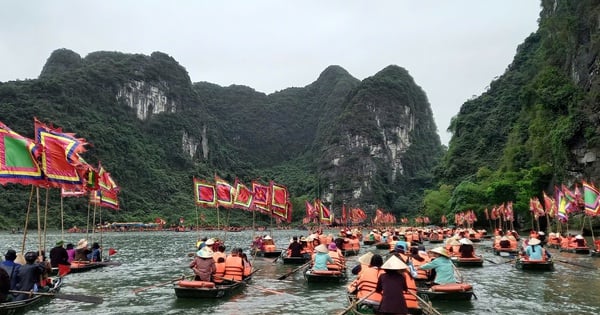

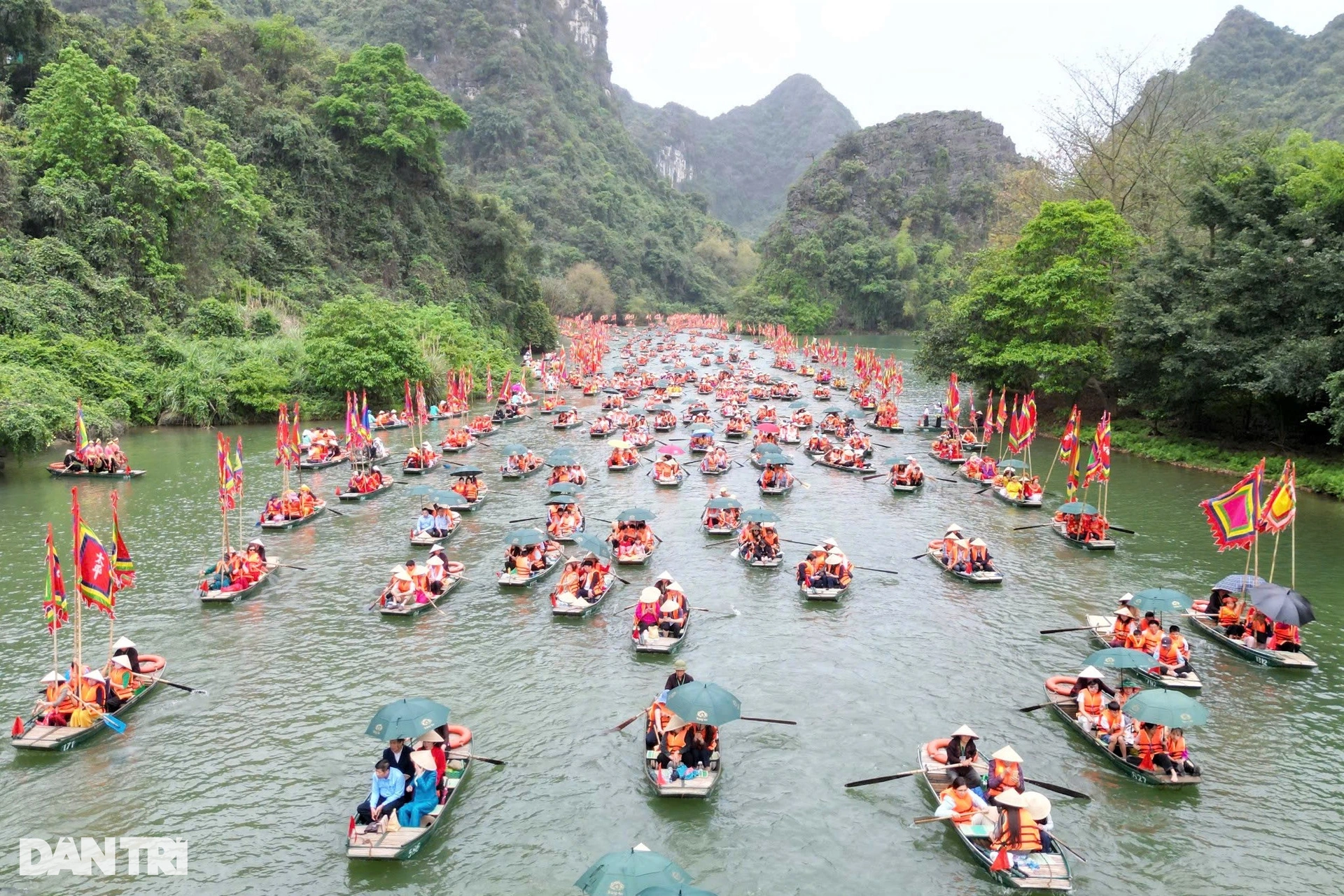



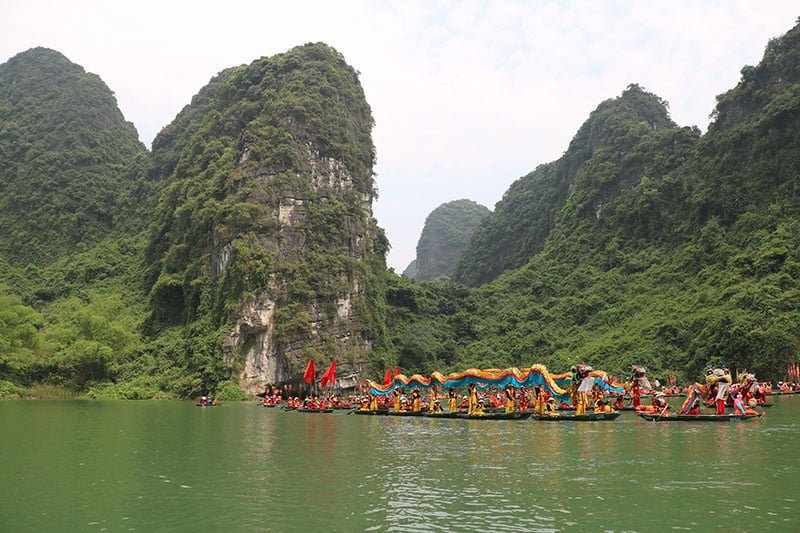

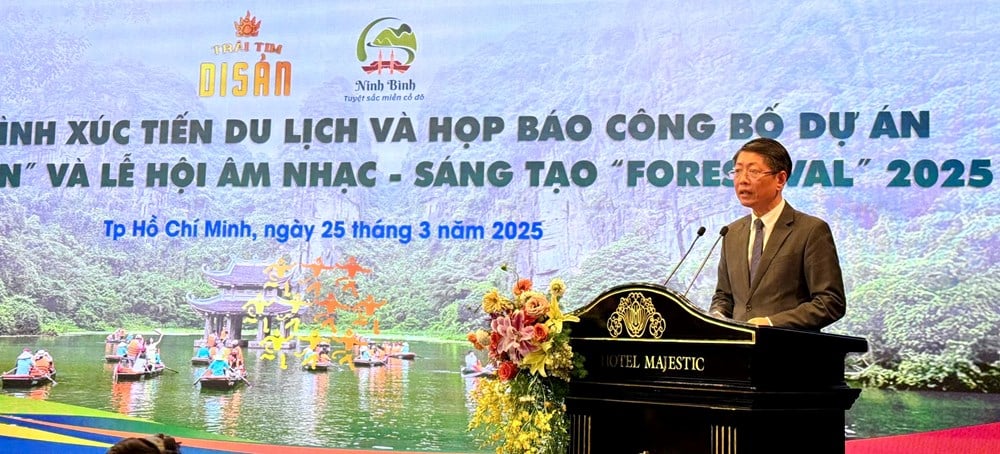

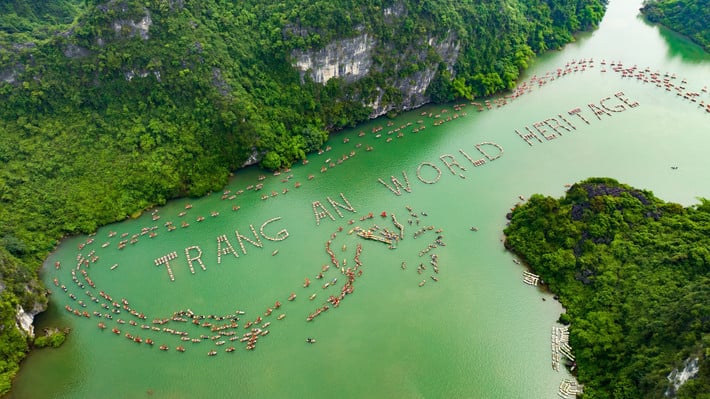




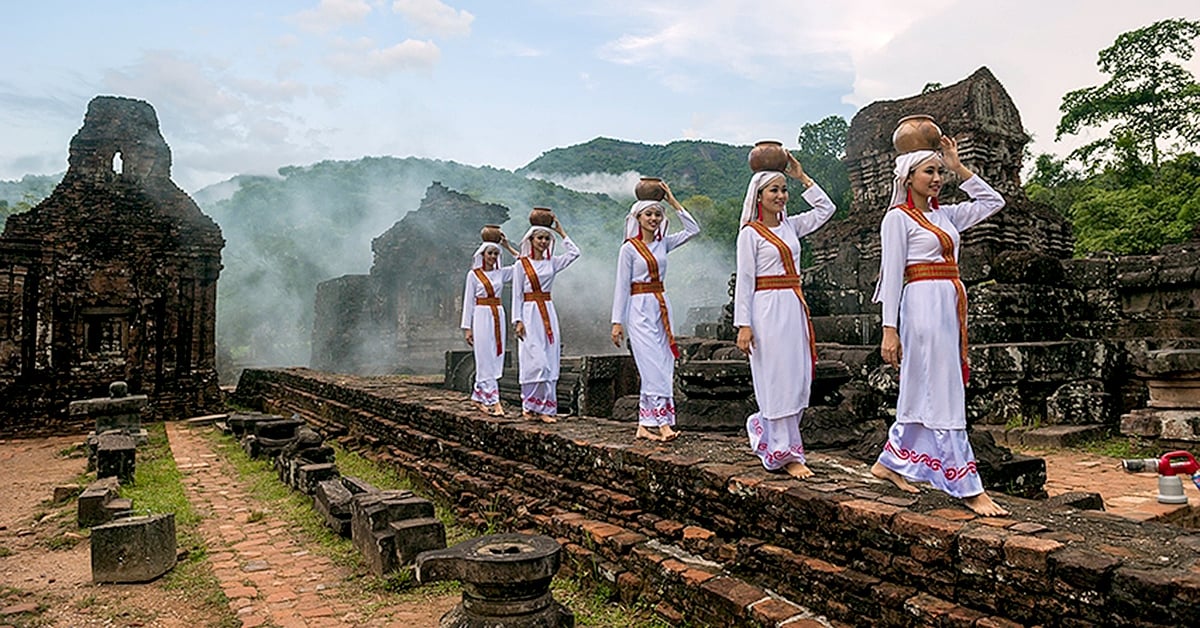






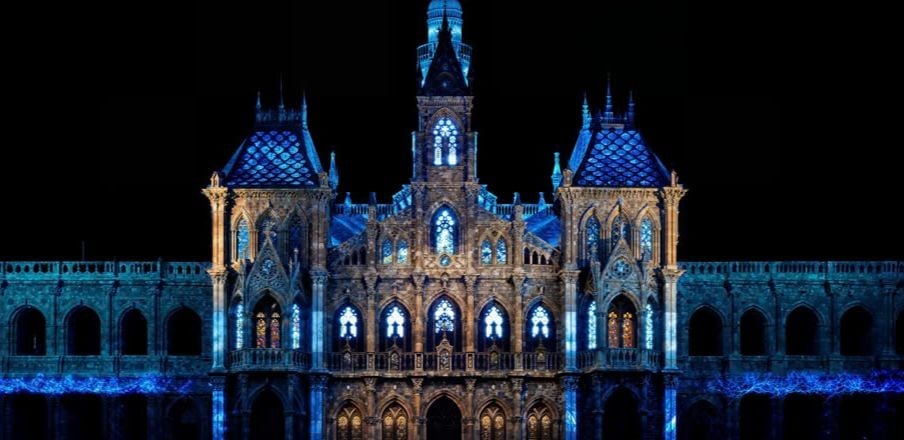
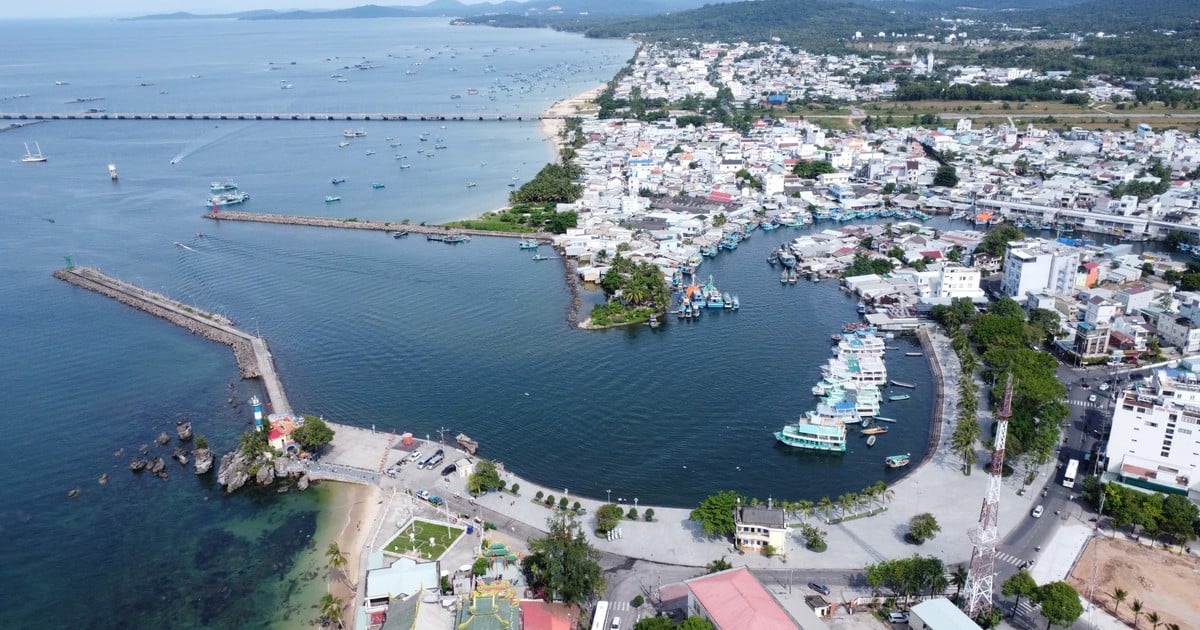
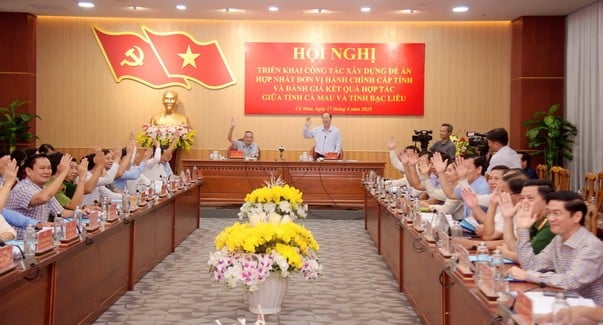



![[Photo] Welcoming ceremony for Chinese Defense Minister and delegation for friendship exchange](https://vstatic.vietnam.vn/vietnam/resource/IMAGE/2025/4/17/fadd533046594e5cacbb28de4c4d5655)














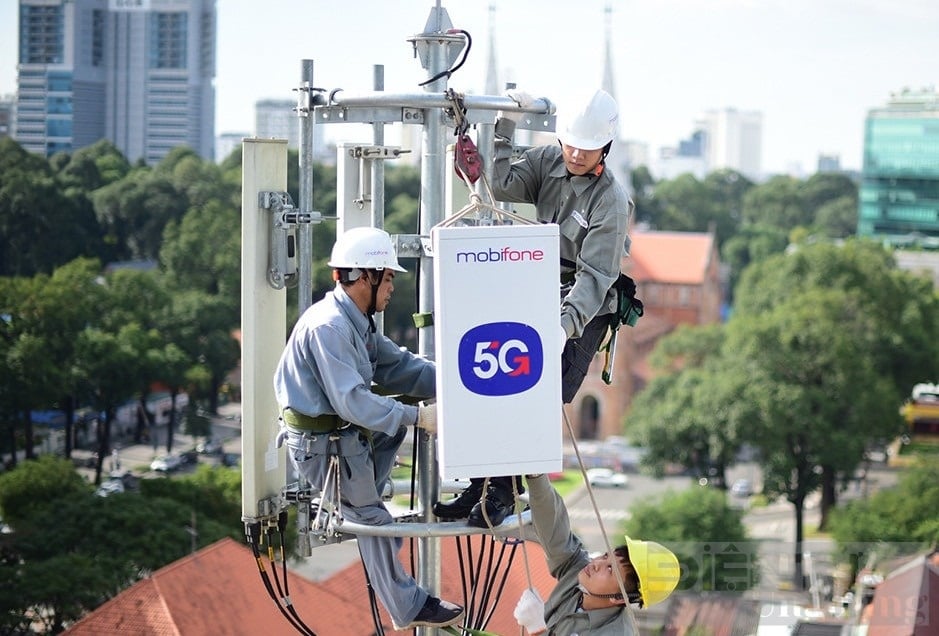

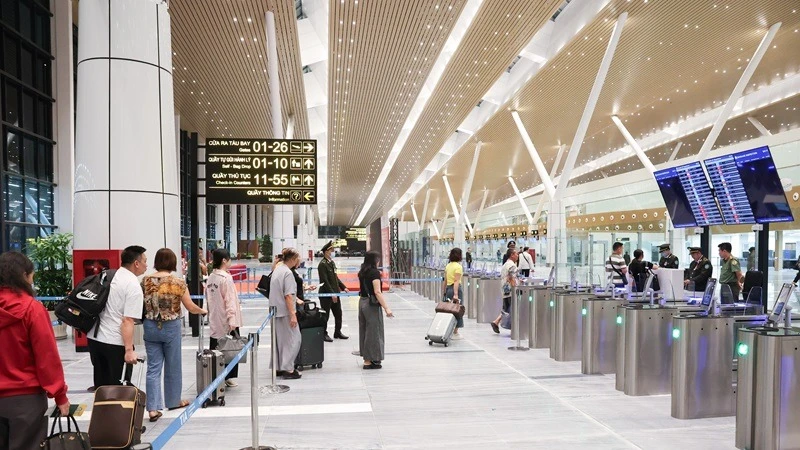
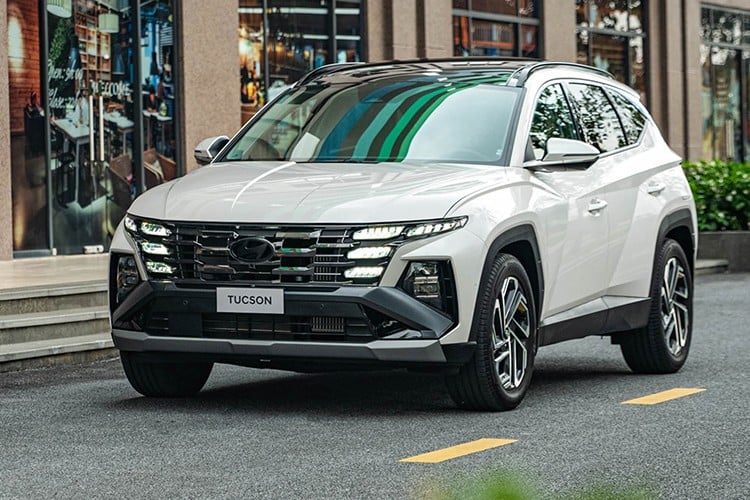

![[Video] Viettel officially puts into operation the largest submarine optical cable line in Vietnam](https://vstatic.vietnam.vn/vietnam/resource/IMAGE/2025/4/17/f19008c6010c4a538cc422cb791ca0a1)

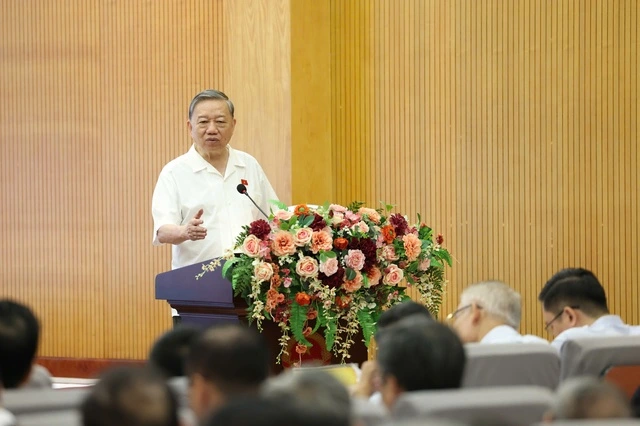




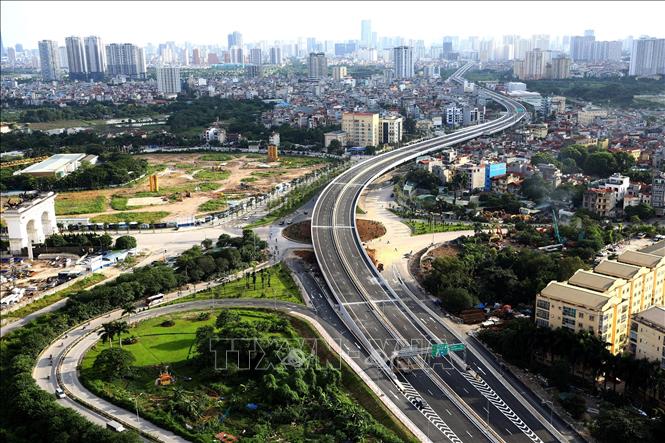








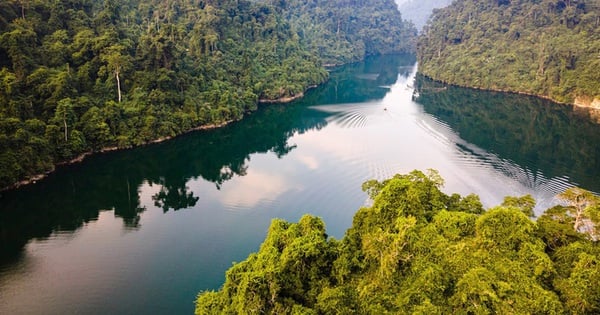

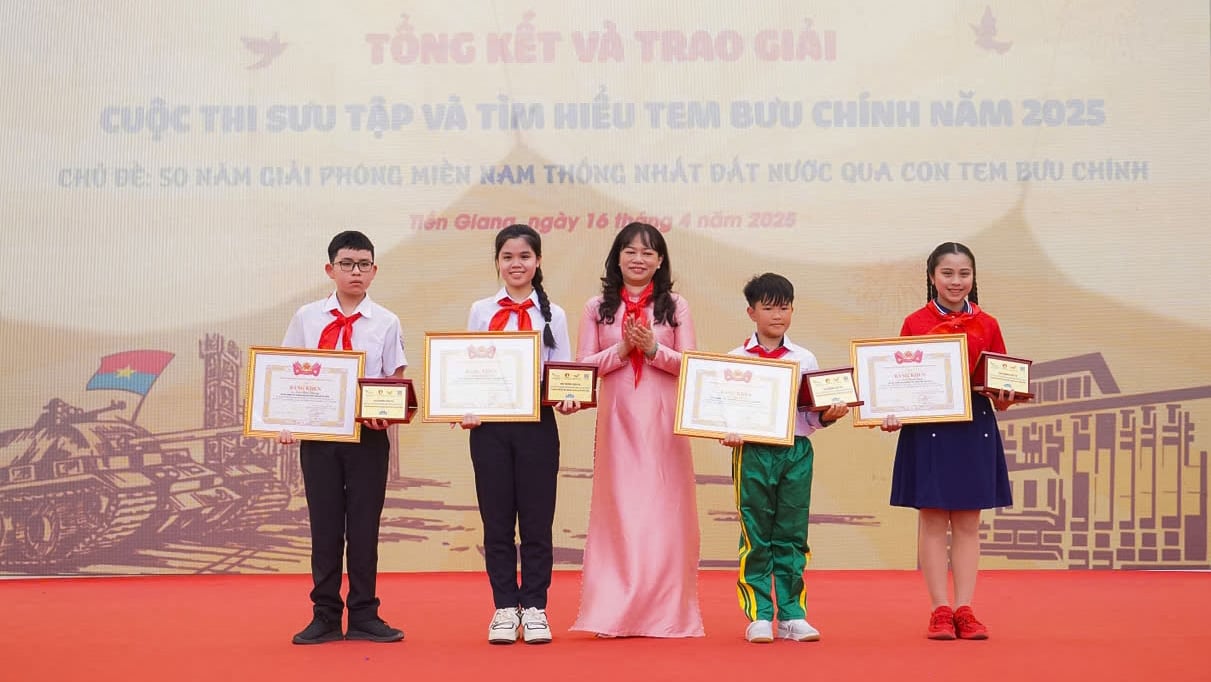

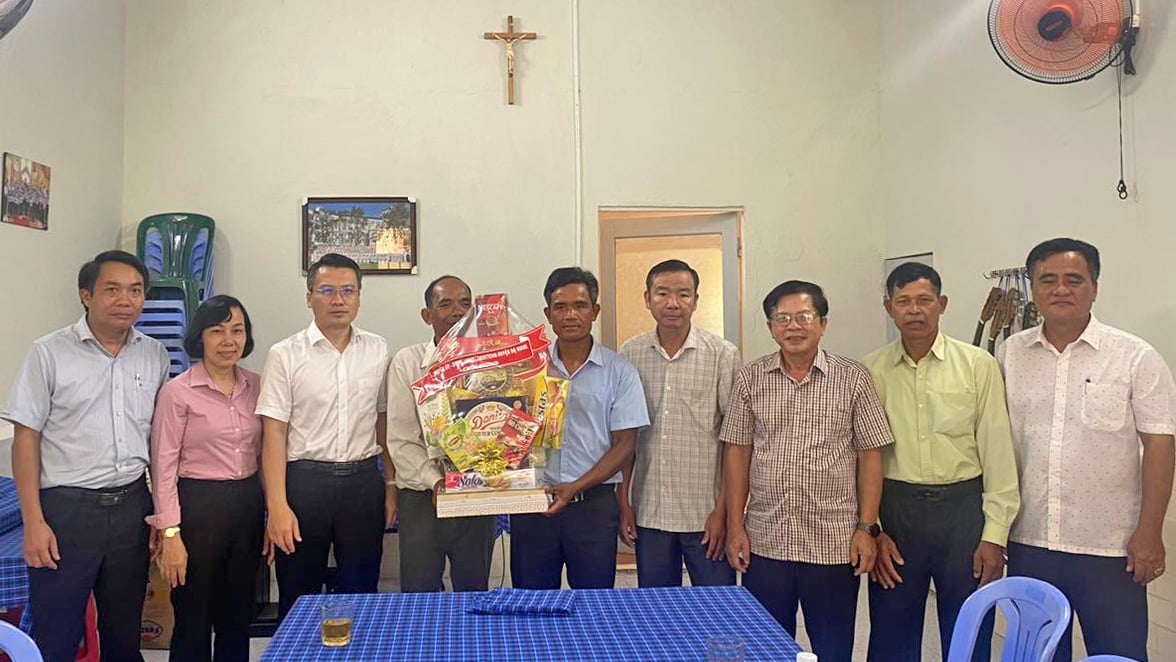
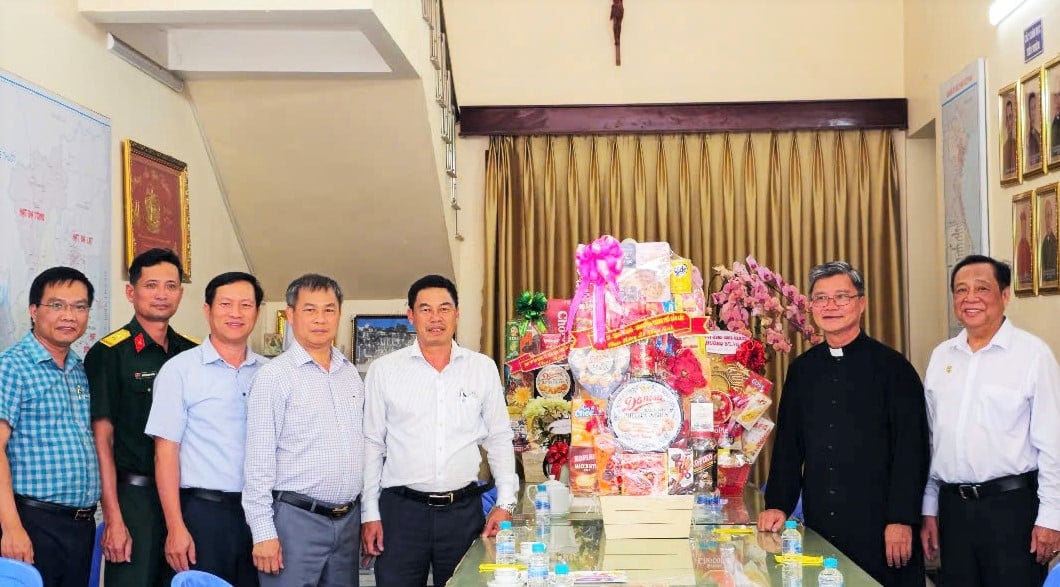


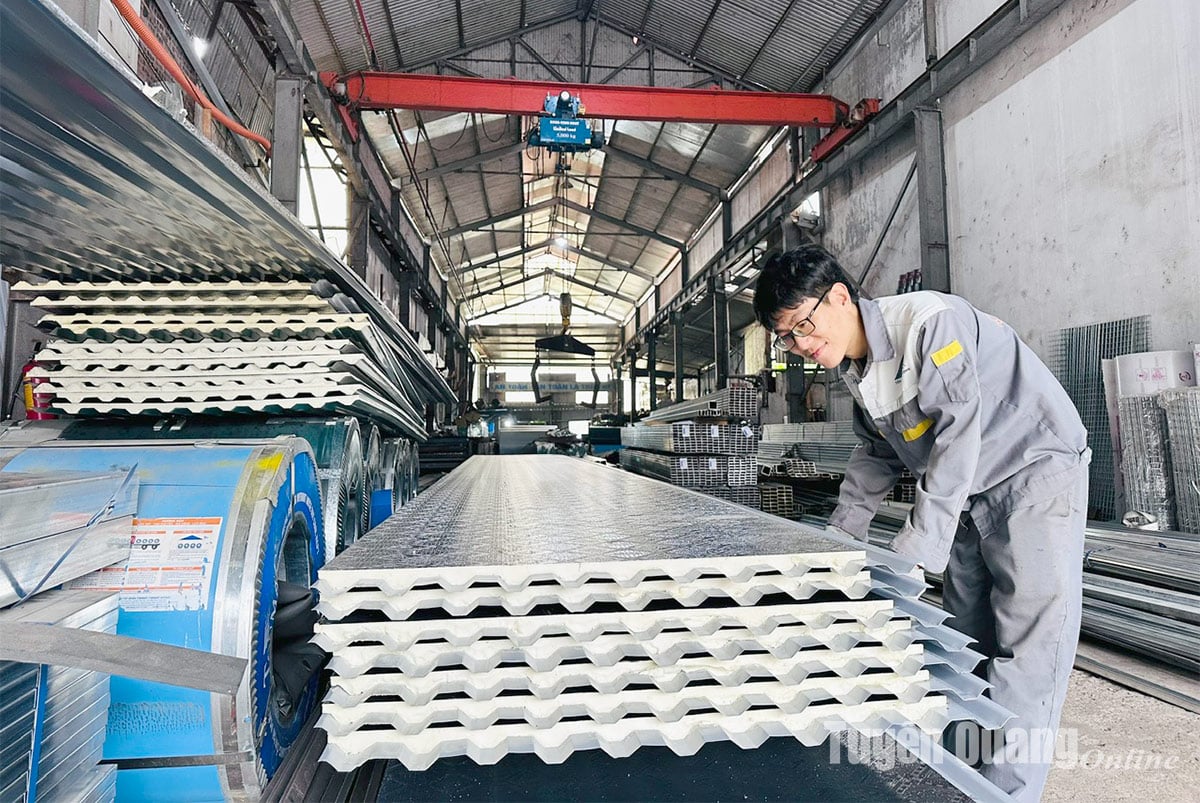






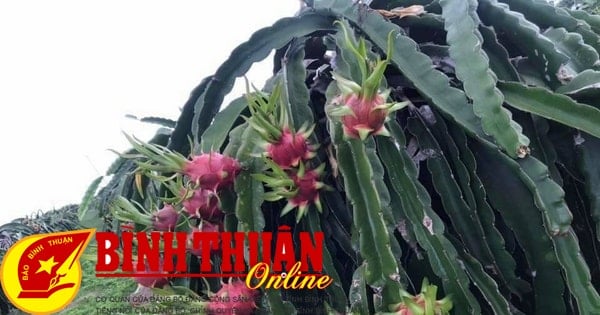

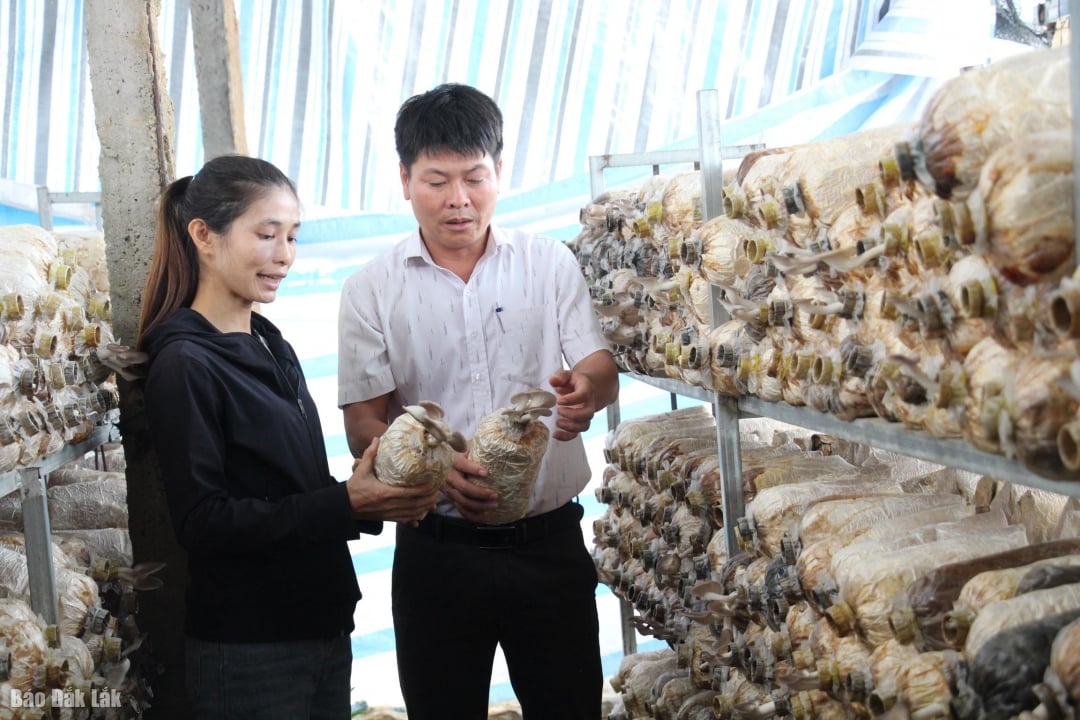

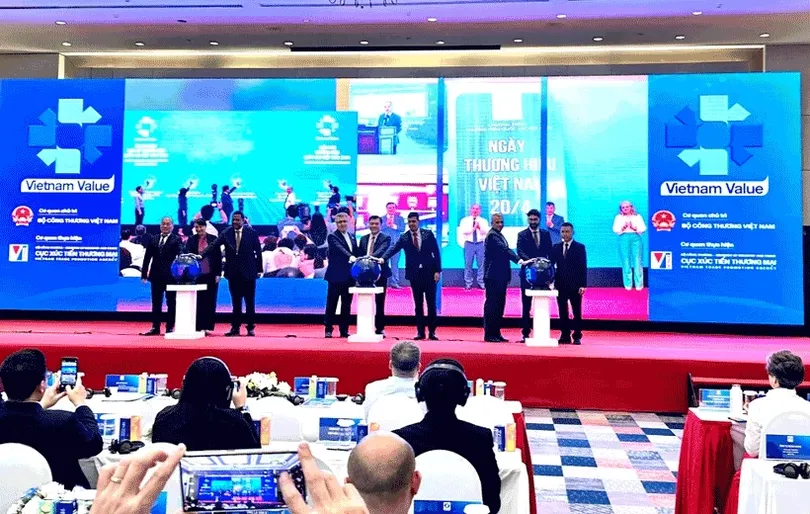


Comment (0)